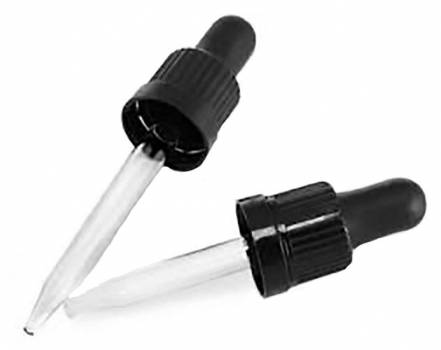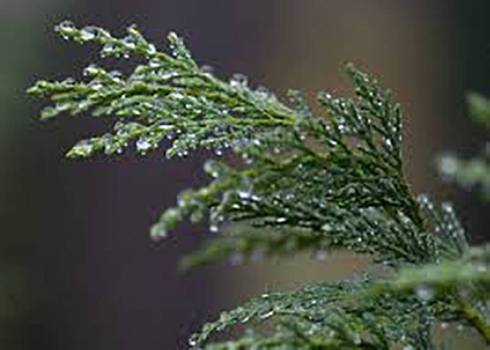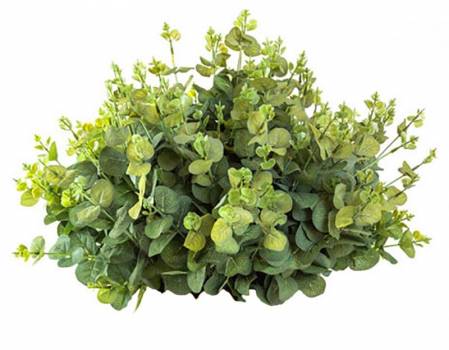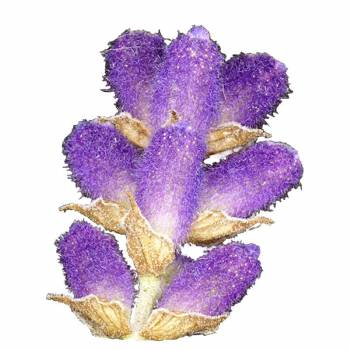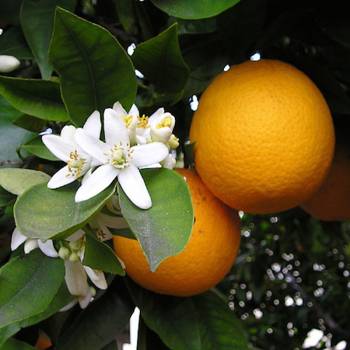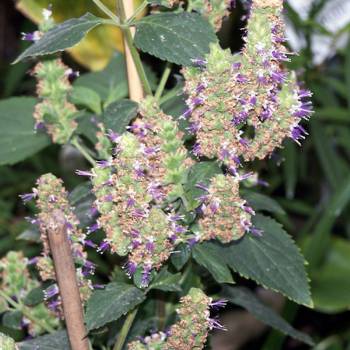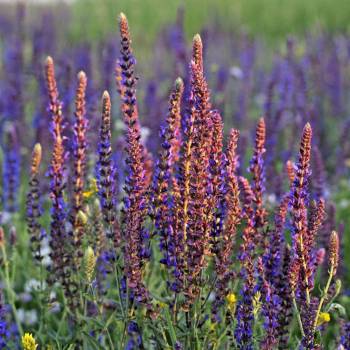Welcome Sign in
Product successfully added to your shopping cart
There are 0 items in your cart. There is 1 item in your cart.
Angelica Root (Angelica archangelica)
NOT AVAILABLE - INFORMATION ONLY Angelica archangelica is a fragrant edible plant with delicate clusters of white or yellow flowers. It towers on a six-foot hollow, leafy stem, held up by a strong root system. Angelica blooms every few years, survives in many climates, and bears small yellow seeds. Known as both wild celery and Holy Ghost root, Angelica is a common food and drink additive throughout Northern Scandinavia and France. It has also been used as a wellness herb throughout the globe and in the Americas. It is through to have originated in Africa and is mentioned in the oldest biblical texts.
New
Data sheet
| County of Origin | France |
| Therapeutic Properties | Anti-anxiety, Anti-infectious, Anti-septic, Anti-spasmodic, Carminative, CNS tonic, Decongestant, Diuretic, Emmenagogic, Expectorant, Immuno-stimulant, Stomachic |
| Botanical Family | Apiaceae |
| Chemical Family | Monoterpene |
| Approx. Shelf Life | 4 - 5 Years |
| Plant Parts | Root |
| Note Classification | Middle |
| Method of Extraction | Steam Distilled |
| Blends well with | Patchouli, Opopanax, Costus, Sage Clary, Vetiver, Oakmoss, Coumarin, Citrus oils and Frankincense |
| GC/MS | Available upon request |
More info
History: Angelica has a many-sided and centuries-long history. It is beloved for its garden-enhancing beauty, but also as an edible “Wild Celery” that lends flavor to foods and liquors. Kings worshiped Angelica's immune support during the plague.** Holy men and women grow Angelica on church grounds to this day, referring to it as the Angels’ Grass. Native Americans tribes used it as a digestive aid.** Even children have treasured Angelica, using its reeds as horn-like musical instruments. Angelica has long been associated with an angelic plane; a place of cleansing and purification. In 1877 the British Flora Medica placed Angelica among the most important medicinal herbs. From its angelic references to its strong wellness properties, Angelica is highly regarded – remaining one of nature’s prettiest and most effective herbs.
Characteristics: Anchoring, restorative & strengthening. Also used for depression. Angelica root oil is a pale-yellow to orange-brown colored liquid. Its viscosity varies according to the root material used for distillation and the age of the essentail oils. Beneath the peppery top note is a rich, somewhat herbaceous-eartlhy, woody base note of unique tenacity and great diffusive power. The base note is also slightly musky with a spicy undertone.
Angelica Root Essential Oil (Angelica archangelica) is anchoring, restorative, and strengthening. Angelica Root Essential Oil is used for depression, anxiety, nervous fatigue, and is also helpful as an appetite stimulant. Angelica Root Essential Oil has also been used to relieve bronchial ailments, colds, coughs, and indigestion.
There are many species of angelica but the only one used in aromatherapy is Angelica archangelica. It is a beautiful tall, airy plant with fern-like leaves and lacy umbelliferous flowers that are generally greenish white in color with some variants edging toward purple as the season progresses. It is often referred to as a biennial because it does die after flowering and producing seeds one time but it may take more that 2 years for it to flower so some botanists prefer to classify it as a perennial.
The native range of the species is debatable – some botanists believe that its native to Syria and some say to Siberia but regardless of where it started its naturalized now all over northern Europe, growing wild in the Scandinavian countries and even Greenland and Iceland. It is cultivated in Europe and Africa and as a garden plant in many places where they climate is not too hot. We have a native or naturalized species of wild angelica in NC that is very similar.
Clinical Studies: Angelicia root oil has been reported to exhibit antibacterial and antifungal properties.
Indications:
- Digestive system - is an excellent tonic for the digestive system. It is recommended for flatulence and indigestion.
- Lymphatic system - Angelica root is reputed to have excellent detoxifying and diuretic properties. Used in a massage oil it improves lymph ddrainage, relieves rheumatism and arthritis, fluid retension and cellulite.
- Nervous system - Angelica is well known for its tnic effect on the nervous system. It is recommended for wekness and nervousness and for convalescents and old people. Ideal for fatigue and stress-related disorders.
- Respiratory system - It is an expectorant and may be used for chronic bronchial asthma, sinus infections, chronic respiratory problems and coughs.
- Skin Care - Angelica root EO is not commonly used in skin care.
Personality Profile: Fischer-Rizzi suggest that angelicia root will assist people who are afraid, week or who lack perserverance and have a tough time makeing decisions.
Subtle Aromatherapy: It has been suggested that the oil helps the user to be more open to angelic powers. The oil is recommended for strenthening the mind and spirit.
Mode of Administration: Topical application - massage; Inhalation - direct inhalation, diffuser, oil vaporiser.
Safety: The oil os non-toxic and non-irritant. The furanocoumarin present in angelica root essential oil sensitize the skin to UV light. It is considered phototoxic. Herbal preparations of angelica root are contraindicated in pregnancy as it is a uterine stilulant and an emmemagogue. Davis & Tisserand do not state that the oil is contra-indicted during pregnancy.



